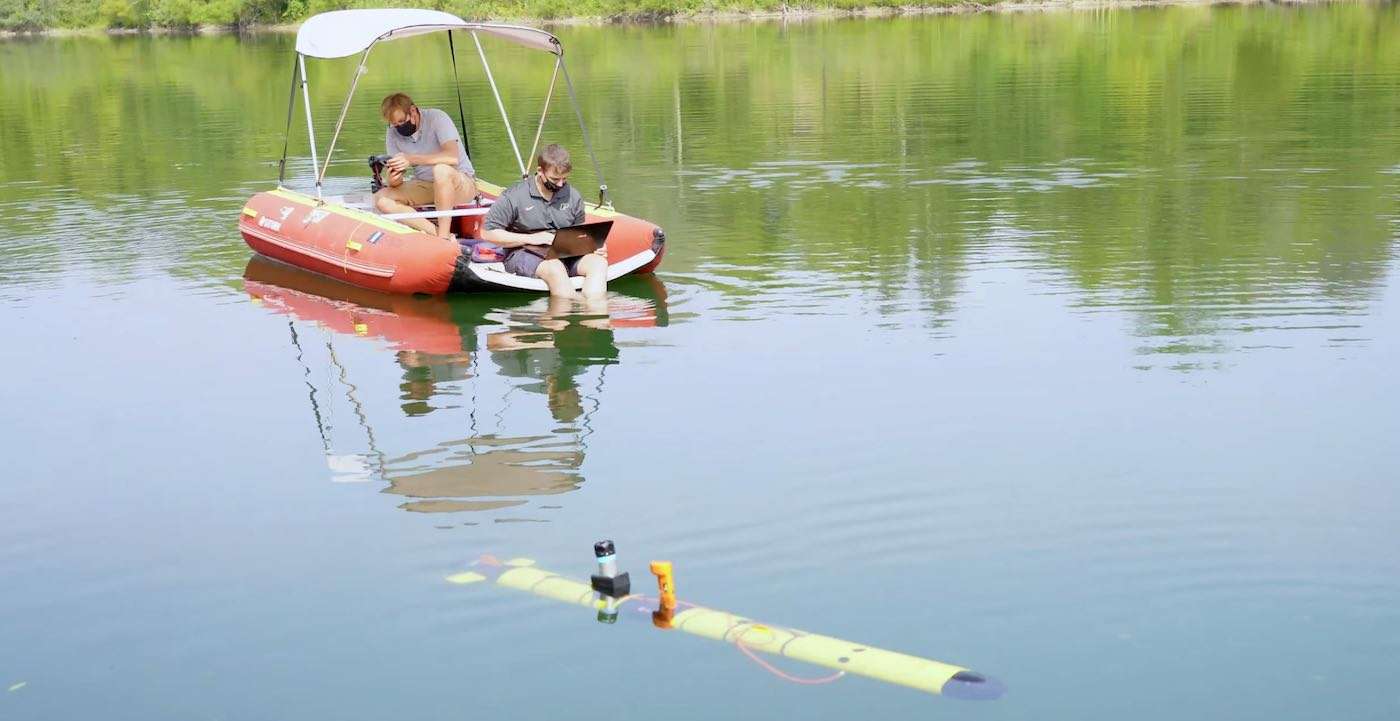Scientists Create Transparent Wood Nearly as Clear as Glass to Make Stronger, Better Insulating Windows
University of Maryland scientists made a transparent wood nearly as clear as glass to make stronger, better insulating windows.

Move over, Roomba. Advanced new underwater robots have already been plumbing the depths of our oceans, lakes, and rivers—but now they can return on their own to their charging ports just like consumers' beloved home vacuuming system.
Underwater drones currently serve a variety of important purposes. Scientists use submersible drone equipment to collect data about the environment, investigating pH levels, assessing water quality levels, searching for chemicals following industrial spills, cataloguing marine life or probing underwater structures for new changes.
Underwater drones also assist engineers with offshore wind turbine construction and maintenance, and law enforcement teams with their underwater search and rescue missions.
Marine robots also maneuver inside cities' waterways to collect garbage tossed there by tourists and residents. At least one non-profit is using this technology to collect plastic waste from the ocean.
One new Roomba-like marine technology, the WasteShark from RanMarine, collects garbage bobbing on the surface of city waterways. But the necessity of returning to a central operating position limits how effective the equipment can be.
All of these operations can be incredibly useful.
The problem is that sooner or later, autonomous underwater vehicles (AUVs) must return to base to charge their batteries. This hindrance limits what AUVs can achieve and pushes up the cost because humans are needed to assist these robots when they run out of steam.
Currently, when marine robot are submerged in water, they loses the ability to transmit and receive radio signals, including GPS data. Underwater drones must return to the surface before radio signals or GPS data will sync to their base. This involves a human element (read: cost) as well, when workers must then retrieve robots to set about charging them and uploading obtained data. This limits how long AUVs can be underwater pursuing their goals and the amount of data they can reasonably retrieve.
Now, an aerospace engineer is leading the effort to make all these efforts more efficient and cost effective.
Scientists at Purdue University have unveiled a mobile docking station that can remain in the vicinity of underwater drones to provide the charging port they need. The technology can assist AUVs to operate for much longer periods of time without human intervention—and allow for the tantalizing possibility of deploying drones to our oceans for the mission of cleaning up the garbage there.
Nina Mahmoudian, an associate professor of mechanical engineering, co-authored the new research paper in IEEE Robotics and Automation Letters showing that their mobile docking station can move on its own, following underwater drones to provide a re-charge.
"The robots and the docks could coordinate with each other, so that they could recharge and upload their data, and then go back out to continue exploring, without the need for human intervention," says Mahmoudian.
Technology like this could well revolutionize how underwater research and engineering endeavors are carried out, with both costs and time spent on projects slimmed down considerably.
"It's designed to be platform-agnostic, so it can be utilized with any AUV. The hardware and software work hand-in-hand," reports the team.
"This system can be used anywhere," according to Mahmoudian. Which means, for those who may be dreaming big out there, mobile charging ports for autonomous drones that function on land, in the air, at sea—or even in space.
WATCH the Purdue University video…
RECHARGE Your Friends With Some Tech Genius on Social Media…
Be the first to comment